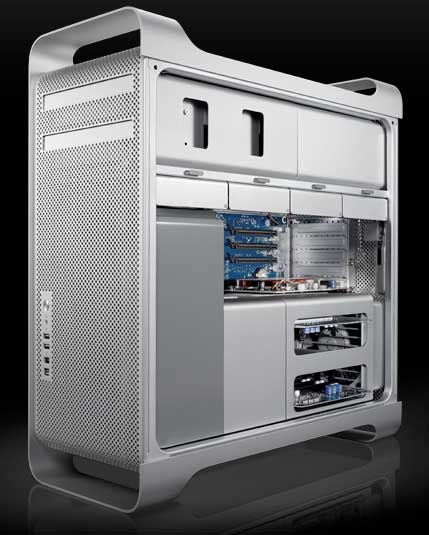


And IBM even had trouble living up toĬommitment: the new high-end Power Mac, with dual-2.5GHz G5 processors (that is, two completely separate chips, not one chip with dual processing cores) was supposed to ship in July, according to Apple’s announcement, but didn’t actually begin to reach impatient customers until late August.Īll three configurations now have 8x SuperDrives, up from 4x in the previous generation. For a year the G5 stalled at a maximum speed of 2GHz, and when Apple announced new Power Macs in June of this year, the best it could offer was 2.5GHz-embarrassingly short of Jobs’s promise. Just like Intel and other chip makers, IBM ran into unexpected difficulties as it moved to a new generation of production technology. Unfortunately, things haven’t quite worked out that way. Steve Jobs even promised an assemblage of Apple developers last year that the top of the Power Mac line would hit 3GHz-a 50 percent speedup-by mid-2004. The lagging performance and frustrating delays that marked the Motorola-built G4s were ancient history, we were told at the WWDC.

Besides a huge one-time performance boost, it was supposed to provide plenty of headroom for future advances, thanks to a streamlined architecture and a manufacturer-IBM-renowned for its chip-building prowess. Compared with the G4 line, the new machines offered an elegant enclosure, a sophisticated cooling system that didn’t make a racket, and lots of other state-of-the-art technology.Ībove all, there was the PowerPC G5 processor.
#Mac power g5 review pro#
Back in June 2003, when Apple announced its first Power Mac G5 models, performance-hungry pro users heaved a sigh of relief.


 0 kommentar(er)
0 kommentar(er)
